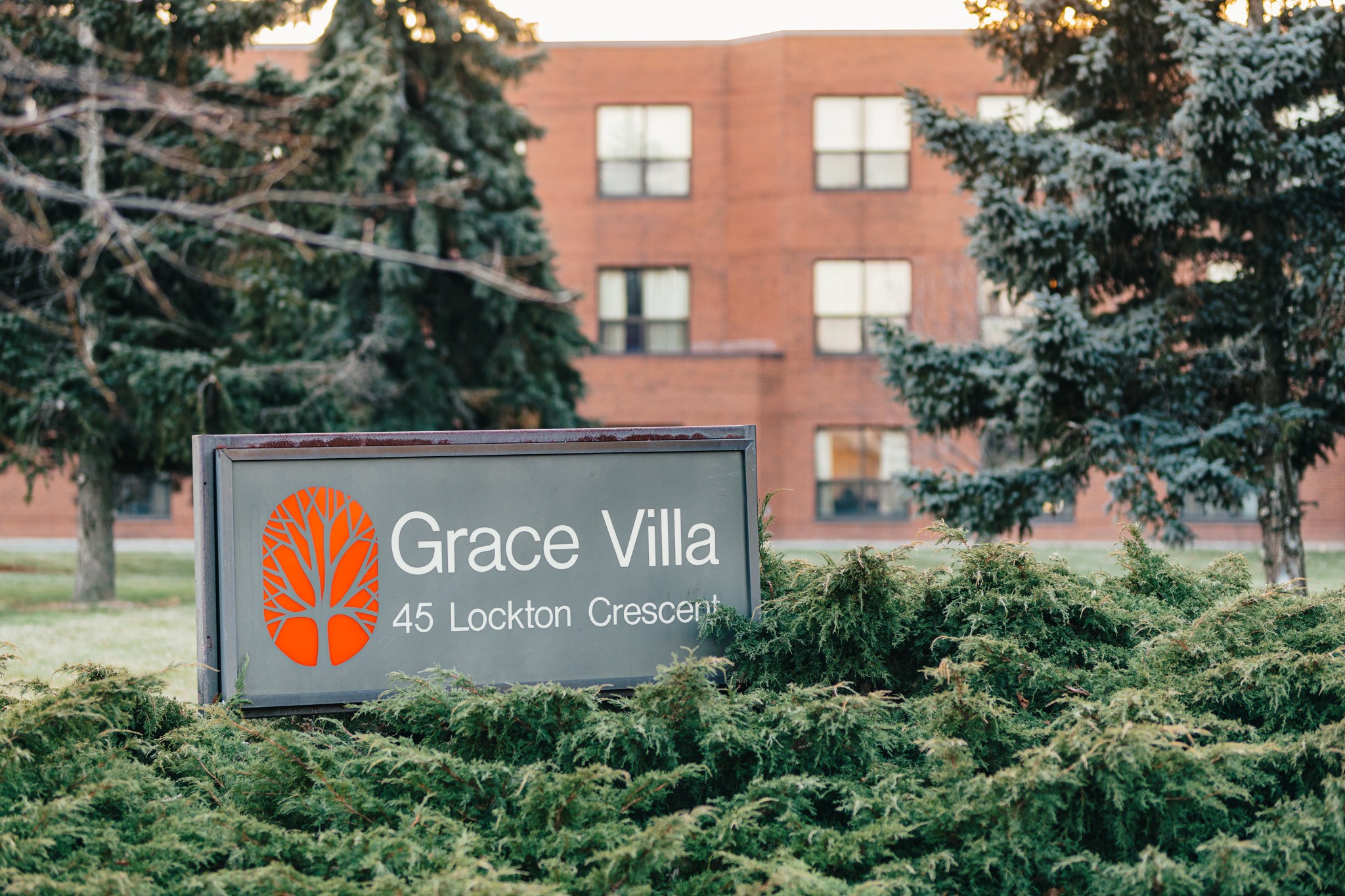
NRT staff are “key” to fill staffing gaps, especially during pandemic
During the pandemic, having the Nursing Resource Team who can change assignments any given day is critical.
The team is made up of registered nurses (RNs), registered practical nurses (RPNs) and healthcare aids who float across all Hamilton Health Sciences (HHS) sites to fill short-term staffing needs where there are gaps. Sometimes they fill in for staff who are sick. Other times they are assigned to an area that needs more support to care for their patients.
“These key people are part of all sorts of teams. They have stepped up big time to meet the needs of the organization,” says chief nursing executive Kirsten Krull. “They have been very gracious, skilled and professional every step of the way.”
Giving support where it’s needed
The Nursing Resource Team (NRT) has stepped up to fill staffing needs at some of HHS’ new assignments, including the Grace Villa Long-Term Care Home, the Satellite Health Facility (SHF), and the COVID-19 vaccination clinic.
All nurses working in the SHF are part of the NRT, including Carlie Winters who started at the SHF when it first opened in November. Winters has been part of the NRT since 2016. “I love floating and meeting different people,” she says, “and giving support where it’s needed.”
Winters and her colleagues had to navigate a COVID-19 outbreak at the facility, but her past positions prepared her for this challenge. Earlier during the pandemic’s second wave, she worked on Hamilton General Hospital’s COVID unit for two months while the unit was short on staff. From there, she floated to a few other sites before landing at the SHF.
Three clusters of nursing specialties
About 36 NRT staff have provided care to residents of Grace Villa since the end of November. One of those nurses is Alicia Crisostomo. Like Winters, Crisostomo was drawn to the NRT because of the ability to work in different areas of the hospital. “I like seeing different people every day,” she says.
The pair have crossed paths during their assignments before. Both are part of the “medical/surgical cluster” of NRTs, one of three clusters of specialties. The second cluster — critical care — floats to the emergency departments, intensive care units, and critical care units at HHS. The pediatric cluster floats within McMaster Children’s Hospital.
Special connections
Crisostomo began working at Grace Villa a week after the outbreak was declared. Staying in one spot this long and forging relationships with patients is a rare experience for her. But with the pandemic’s need for longer-term placements, the three-year HHS employee has had the opportunity to form special connections.
“I walked into a patient’s room with a scrub cap and a mask, and all she could see were my eyes. The patient has dementia, but the look on her face was as if she had seen one of her family members in me. I greeted her and she took my hand and just appreciated my presence for a moment. Her face lit up,” she recalls.
“That’s one interaction I’ll remember. That was a moment that kept me going. I thought, ‘wow, these people really need us’ and they don’t need a lot, just our presence. It’s a really lonely time for them without their families.”
The team is growing
The Nursing Resource Team has approximately 60 RNs and 25 RPNs, while the Clinical Resource Team – also part of the portfolio – has 50 health care aids and a social worker available to float where needed.
Staff call into the office to find out their assignment the night before their shift, which requires a huge amount of coordination and support from managers, too.
“There are a lot of moving parts to keep track of as the manager of the Nursing Resource Team. Most importantly is providing supports and tools to the NRT staff who are doing the work, such as ensuring they are equipped with up to date information and education, as well as providing them a safe space to ask questions, review concerns or just vent,” says manager Marie Reynolds. “I am so incredibly proud of the support that the Nursing Resource Team provides at HHS on a daily basis.”
A recruitment effort for close to 50 nurses has started to continue to support HHS staffing.







